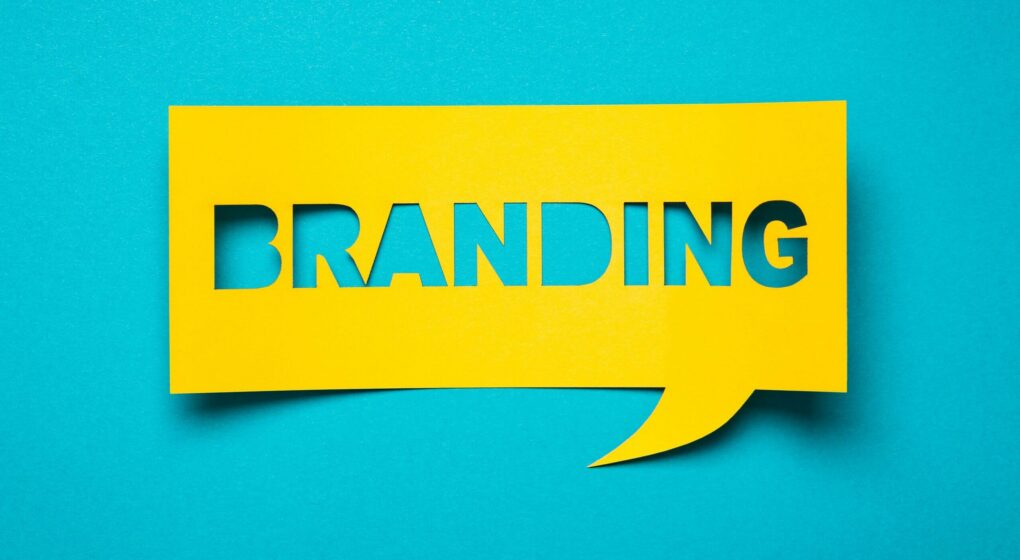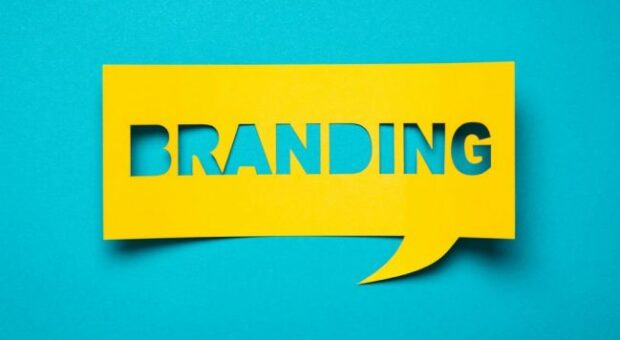
Categories:
Whether you’re creating a new brand or updating an existing one, the brand positioning statement will shape the foundation of your work. It is the “backbone” to your marketing and informs everything from your product development and advertising campaigns to how you answer the phone in the office.
Not sure if you have a brand positioning statement?
A brand positioning statement outlines exactly what your company does, for whom, and what makes you different. The idea behind it is to create a unique niche for your brand in the minds of consumers within your category. While you may sell to a broad market and offer a variety of benefits, ideally your customers will recognize your one core differentiating benefit that the other benefits serve to support.
A couple of examples:
- Volvo is a car brand with a wide range of customers. Their cars drive like any other vehicle and, generally last a long time – but what Volvo is known for is “keeping your family safe.” Their core target audience is parents, they build products for families, and their unique point of difference is safety. Even though they do other things well, they want to own and claim the market position of safety.
But other brands make safe automobiles, right? Volvo’s consistent execution and consistent delivery in their product and communications has allowed them to own the hearts and minds of their target audience. In the 70s, Volvo’s campaign was “Boxy Not Sexy.” Today, it’s “Volvo for Life.” The creative expression has evolved over time, but the brand positioning has not – a car that keeps your family safe.
- Bounty Paper Towels are strong and durable (like Brawny) and clean up a variety of messes – but what they’re known for is efficiency – they help you clean up messes faster. Anyone familiar with the “quicker picker upper?” It hasn’t changed in over 40 years.
The reason these brands are so iconic is that they have stayed true to their brand positioning statement – even when their marketing or campaigns shifted. They found a specific niche that they could own, rather than trying to be everything to everyone.
Ready to write your own brand positioning statement? Here’s a template to get started:
To (Primary Target Audience) __________________________,
(Brand Name) _______________ is the
(Category Frame of Reference) _____________________ that
(Unique and Defendable Point of Difference) ____________________________________________.
Now let’s break it down, piece by piece.
Target Audience
The target audience is the specific group of people you are trying to reach. When choosing your target audience, it’s important to not target everyone. Even though you might sell your product or service to a wide variety of people, you want to focus on the core group most likely to need or want what you’re selling.
In the Volvo example, their core target audience is affluent families (parents specifically). Bounty used to target female “home makers.” Today, their target audience is likely parents 25 – 54 with young children. In both cases, their actual user base is larger, but they’ve chosen to focus their brand positioning on the core audience that will find the most value in their product.
Brand Name
The brand name is the easy part (well actually, not really) – what do you call yourself? Ideally, the brand name leverages your brand positioning. If you are developing a new product, the positioning statement should always be developed first, and guide the naming of your product. If you already have a product name with brand equity, you may not want to make a change, but you can use the brand positioning statement to help guide design and presentation decisions relating to your brand name.
Category
The category is a little trickier. This is how consumers think about and categorize your product or service. This should be stated as your customer would define it as well as define who you are competing with. Are you a bank, community bank, commercial bank, or investment bank? The more you narrow, the more it limits you. The broader you go, the harder it is to differentiate. For example, Crest spent years defining their brand as a “toothpaste.” Accordingly, the brand had a very hard time moving into other oral care categories such as mouthwash. Even if your brand category is narrow today, consider where you might want to expand in the future.
Unique and Defendable Point of Difference
The unique and defendable point of difference is the heart of the brand positioning statement. This is the one emotional or physical benefit you want to be known for – something you do differently or is superior to all of your competitors, or that you can own (if others don’t already).
When considering your point of difference, be careful not to choose something you can’t truly own. For example, banks almost universally claim to be trustworthy. However, unless you have specific reasons that would prove to a potential customer that you are MORE trustworthy than other banks and credit unions, this point of difference is unlikely to hold up. Instead, consider a more specific benefit that you offer that others don’t, or that you do far better.
A Few Additional Tips:
- The elements all need to work together
Your point of difference should be unique within your category, and meaningful to your target audience. Choose as broad a category and target audience as you can without spreading your brand too thin. - Look for the white space in the category
If your auto competitors are targeting “performance” to men, then consider targeting “safety” to women. - Ensure your product delivers
A brand is a promise. Ensure your brand delivers on your chosen unique point of difference. - Don’t over complicate your category name
Think about how your brand may evolve in the future. Don’t limit yourself if you don’t have to. - Define the category in their words, not yours
Resist the temptation to define the category as you would like it to be. Rather, think about how the customer defines it. While a bank may seek to be a consumer’s “Primary Financial Institution,” consumers don’t say, “I have to go to my primary financial institution.” They go to the bank. - Build the Reasons to Believe
Once you’ve done your positioning statement, the next step is building out the “reasons to believe.” For example, L. L. Bean’s unique point of difference was historically about “outdoor quality that lasts.” Their life-long guarantee was a key reason to believe and a core message. Today, as the brand evolves to a lifestyle brand, they are moving away from this core message, but their brand positioning remains the same. - Brand Position rarely changes
Campaigns change, but strategic positioning should not. Take the time to get it right and stick with it unless the category changes and your positioning is no longer relevant. Brands that change positioning are often muddy in people’s minds. - Involve others as you develop a Brand Positioning Statement
When clarifying your brand positioning statement, consider involving employees and/or stakeholders from your business. Owners often THINK that all of their employees are all on the same page and know their unique point of difference, only to find out they each view the brand very differently. These varying perspectives can be incredibly valuable in the formation of a brand positioning statement, and help you find the perfect (and most honest) positioning for success.
Nailed your brand positioning and ready to move on to the look and feel? Check out our 8 tips for creating a top notch brand standards guide.
About Ethos
Ethos is a multiplatform branding agency that develops and executes integrated marketing campaigns across multiple channels for companies inside and outside of Maine.
At Ethos, we believe that the most effective way to set a company’s marketing course is by finding its core truth – its ethos. We know that once we discover and communicate that core truth, we can truly make a difference for each client’s unique marketing and business objectives.
With Ethos, you get more than a marketing agency. You get a long-term partner whose goals are your goals.
Learn more about the Ethos approach and the work we’ve done for our clients. Want to have a conversation about your brand’s core truth? Contact us!

